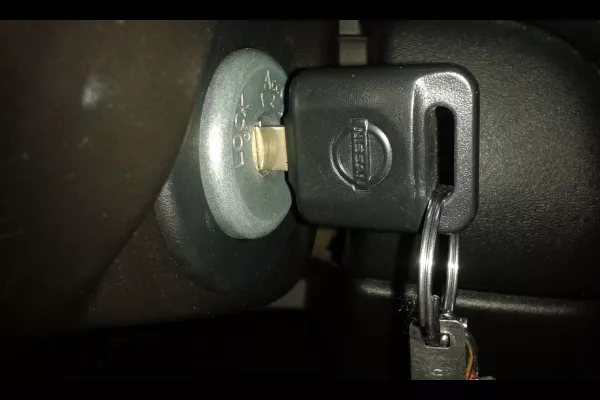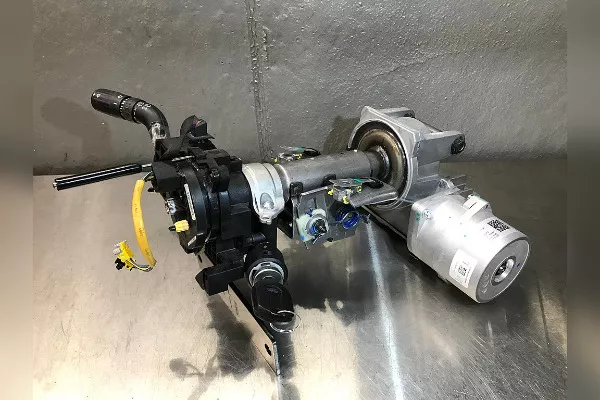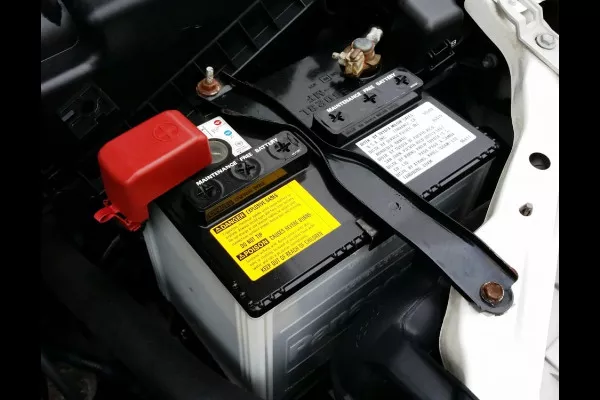Say you’re about to go for a drive one day. You’re all dressed up in your preferred outfit and put on some comfortable driving shoes. Key in hand (or pocket), you open the door, settle down in the driver’s seat, and start the ignition.
Nothing happens. You attempt to start the engine again. Still nothing. All the while, the steering wheel refuses to budge even an inch, making it difficult to do an old-fashioned push start.

It's always anticlimactic when nothing follows after you turn the key
All this ends up putting the brakes on your enthusiasm. Bummer, isn’t it?
To solve the problem, let’s take a look at how the steering is related to the engine. If your car has power steering (as most vehicles do these days), there are two common types in use today: hydraulic and electric.
In a hydraulic setup, the wheel’s movement is made possible by a rotary-vane pump that lets the steering fluid flow according to the vehicle’s speed. The pump is powered by the car’s engine through a belt and pulley.
On the other hand, electric power steering does away with the pump, hoses, and drive belt that a hydraulic system uses. In their place are an electric motor, sensors, and electronic controller. All these provide steering assistance depending on the effort, steering wheel speed, and position.
>>> Related: How to unlock a steering wheel without key: 3 easy steps

Electric-assisted power steering (EPAS) removes the fluid pump for a brushless motor
Whether hydraulic or electric, the power steering system in your car relies on the engine. As long as the engine doesn’t start, the steering simply remains locked. The immobilizer works on that principle as part of the security system on modern cars, to prevent unauthorized use and theft.
If you can’t get the engine to start, the first thing to consider would be the battery, since a dead battery is unable to power the starter motor to get the ignition process started. You can try to jumpstart the battery or replace it with a new one. You may also want to have the starter motor (and its corresponding fuse) checked.

The usual culprit for a failed ignition sequence is a faulty or dead battery
If the car’s electrical components such as the radio and lights can still be turned on, it could mean that the steering lock is under tension.
This happens when the engine was turned off while the front wheels were at an angle instead of pointing straight. Try to relieve the tension by grabbing the steering wheel and turning it in the direction that allows little movement while starting the engine.
Visit Philkotse.com for more car maintenance tips.
Recent posts
- [Philkotse guide] Unveil how a remote car starter works? Feb 11, 2020
- Car Won't Start? Here's a list of possible problems. Feb 08, 2021
- 7 things need to know when taking care of your power steering system Mar 09, 2021
- Top 8 symptoms of a failing car starter Aug 16, 2022
- 10 common reasons why your car won't start & How to troubleshoot them Aug 04, 2020











